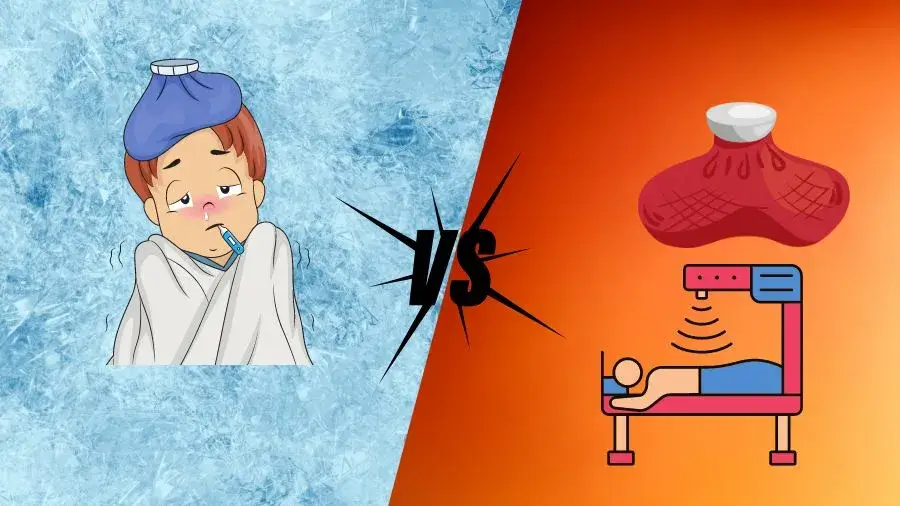Heat therapy, also known as thermotherapy, and cold therapy, or cryotherapy, are two popular methods used to relieve pain and promote healing. While both treatments offer benefits for various conditions, understanding their differences and when to use each can optimize their effectiveness.
Exploring Heat Therapy
Heat therapy involves the application of heat to the body, typically through warm towels, heating pads, or warm baths. This method increases blood flow, relaxes muscles, and alleviates stiffness and soreness. Heat therapy is often recommended for chronic conditions such as arthritis, muscle spasms, and tension.
Benefits of Heat Therapy
- Muscle Relaxation: Heat therapy helps relax tight muscles, reducing stiffness and improving flexibility.
- Pain Relief: By increasing blood flow and promoting relaxation, heat therapy can alleviate pain associated with chronic conditions.
- Enhanced Healing: Improved circulation from heat therapy can accelerate the healing process, especially for injuries like sprains and strains.
- Stress Reduction: The soothing warmth of heat therapy can promote relaxation and reduce stress levels, benefiting both physical and mental well-being.
Exploring Cold Therapy
Cold therapy involves the application of cold to the body, usually through ice packs, cold compresses, or cold baths. This method constricts blood vessels, numbs the area, and reduces inflammation and swelling. Cold therapy is often recommended for acute injuries, such as sprains, strains, and bruises.
Benefits of Cold Therapy
- Reduced Inflammation: Cold therapy helps decrease inflammation by constricting blood vessels and limiting fluid build-up in injured tissues.
- Pain Relief: The numbing effect of cold therapy can provide immediate pain relief, especially for acute injuries and post-exercise soreness.
- Swelling Reduction: By restricting blood flow and reducing swelling, cold therapy can aid in faster recovery and prevent further tissue damage.
- Muscle Recovery: Cold therapy is commonly used post-exercise to speed up muscle recovery and alleviate soreness.
Choosing the Right Therapy
When deciding between heat therapy and cold therapy, it’s essential to consider the nature of the injury or condition:
- Acute Injuries: Cold therapy is generally recommended for recent injuries or sudden flare-ups, as it helps reduce swelling and numbs the area to alleviate pain.
- Chronic Conditions: Heat therapy is more suitable for chronic conditions or recurring pain, as it promotes relaxation, improves flexibility, and enhances blood flow to aid in long-term relief.
RELATED: What Is Shoulder Subluxation
Guidelines for Application
- Duration: Heat therapy sessions typically last 15-20 minutes per application while cold therapy may last up to 10 minutes. Prolonged exposure can lead to tissue damage.
- Frequency: Repeat therapy sessions as needed, allowing sufficient time between sessions for the body to recover. Refer to your physical therapist for more information.
- Caution: Avoid applying heat or cold directly to the skin to prevent burns or frostbite. Always use a barrier, such as a towel or cloth, between the therapy source and the skin.
Conclusion
Heat therapy and cold therapy are valuable tools in managing pain, promoting healing, and improving overall well-being. By understanding their differences and knowing when to use each modality, individuals can effectively incorporate these therapies into their wellness routines to address various injuries and conditions.




